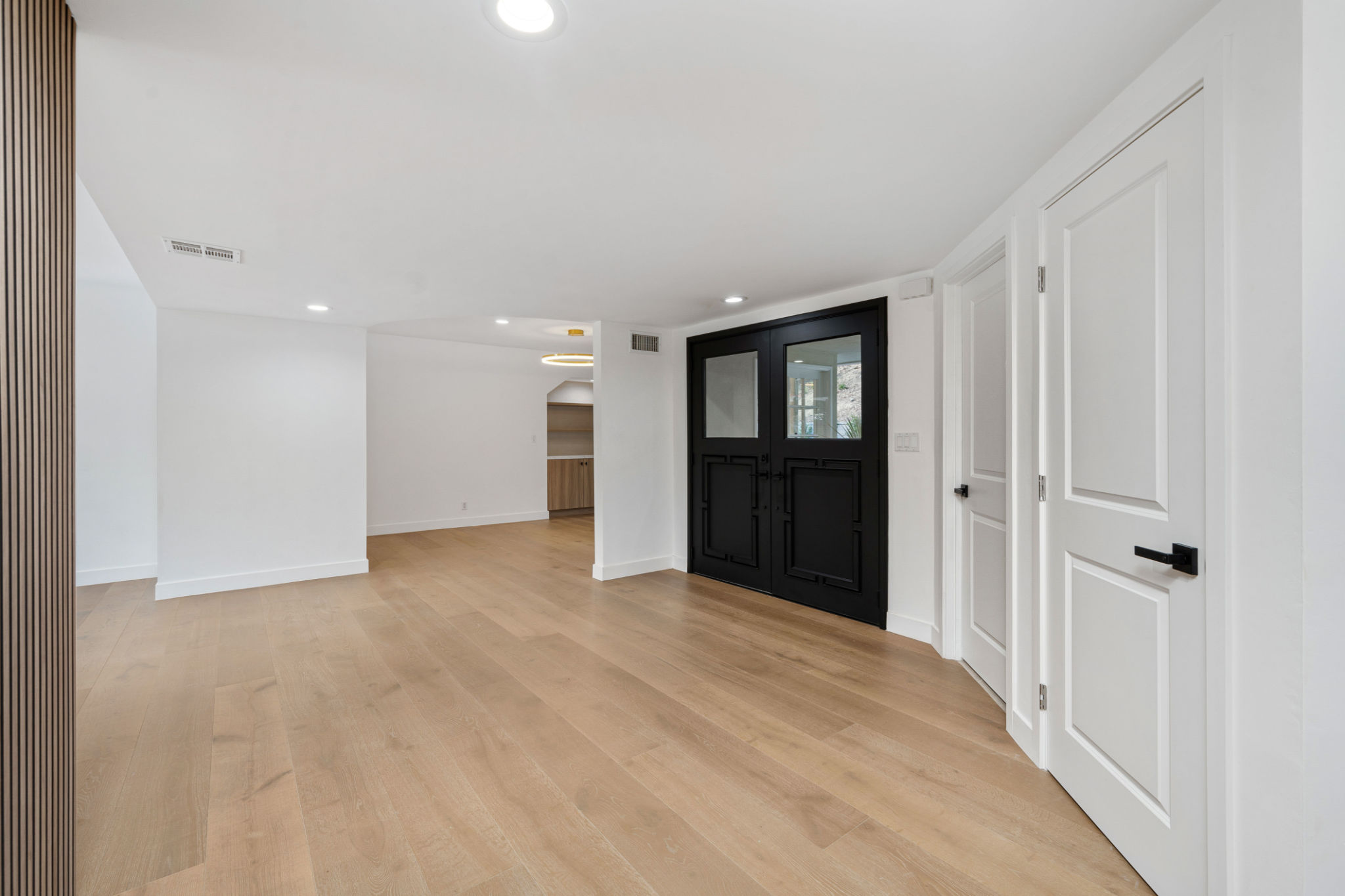Flooring Solutions for New Zealand’s Unique Climate: What You Need to Know
Understanding New Zealand's Climate
New Zealand's climate is known for its diversity, ranging from subtropical in the north to temperate in the south. This variety in climate conditions can impact the durability and suitability of flooring materials in different regions. When selecting flooring solutions, it's crucial to consider factors such as humidity levels, temperature fluctuations, and the potential for moisture exposure.

Choosing the Right Flooring Material
Selecting the right flooring material is essential for adapting to New Zealand's unique climate. Each material has its pros and cons, and understanding these can help you make an informed decision. Some popular options include:
- Hardwood: Known for its timeless appeal and durability, hardwood can be a great choice for areas with moderate humidity levels.
- Laminate: Offering a cost-effective alternative to hardwood, laminate is resistant to scratches and suitable for various climates.
- Vinyl: Highly versatile and moisture-resistant, vinyl flooring is ideal for regions prone to high humidity or wet conditions.
- Carpet: Providing warmth and comfort, carpet is well-suited for colder climates but may require more maintenance in damp areas.
Hardwood: A Classic Choice
Hardwood flooring remains a popular choice due to its natural beauty and durability. However, it requires careful consideration of regional climate conditions. Hardwood can expand or contract with changes in temperature and humidity, making it essential to maintain stable indoor conditions to prevent warping or cracking.

Laminate: Cost-Effective and Stylish
Laminate flooring is an excellent option for those looking to achieve the look of hardwood without the associated cost. It is also more resistant to moisture than real wood, making it suitable for areas with moderate to high humidity. However, it's important to note that excessive moisture can still damage laminate if not properly sealed.
Managing Moisture with Vinyl Flooring
Vinyl flooring stands out for its exceptional moisture resistance, making it a top choice for bathrooms, kitchens, and basements. Its ability to withstand water exposure without warping or staining ensures longevity in damp environments. Additionally, vinyl offers a wide range of design options, allowing homeowners to achieve their desired aesthetic.

The Warmth of Carpet in Cold Climates
In regions where temperatures can drop significantly, carpet provides an added layer of insulation and comfort underfoot. It's particularly beneficial in bedrooms and living rooms where warmth is a priority. However, in areas with higher moisture levels, it's essential to choose carpets with synthetic fibers that resist mold and mildew.
Additional Considerations
When choosing flooring solutions for New Zealand's unique climate, it's also important to consider factors such as installation techniques and maintenance requirements. Proper installation ensures that flooring materials perform optimally under varying climate conditions. Regular maintenance and prompt attention to spills or leaks can further extend the life of your flooring.

Conclusion
Selecting the right flooring solution for New Zealand's diverse climate involves understanding the strengths and limitations of different materials. By considering factors such as durability, moisture resistance, and aesthetic appeal, homeowners can make informed choices that enhance the comfort and functionality of their living spaces. Whether opting for the classic charm of hardwood or the practical benefits of vinyl, the key is to match the flooring material to the specific climate challenges of your region.
